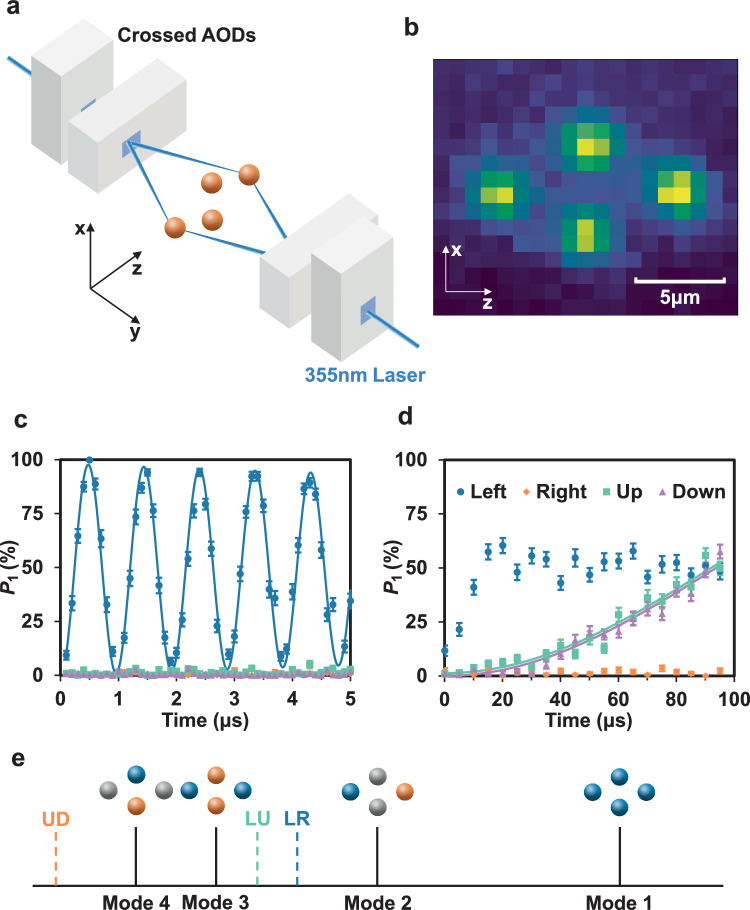Fig. 1. Experimental setup and 2D individual addressing.
a We address a 2D ion crystal in the xz plane by two pairs of symmetrically placed crossed AODs. By tuning the driving frequency of the AODs, the incoming 355 nm laser can be steered in the x or z directions to form a Raman transition on a target ion. By applying two frequencies to an AOD, we can generate addressing beams for two target ions simultaneously, e.g., along the z direction. (Created for this article by Y.-H. H. and Y.-J. Y., and since published in ref. 59). b The image of the four-ion crystal on an EMCCD camera. The z axis is chosen to be the micromotion-free axial direction of the trap. Below we label the four ions by left, right, up and down according to this image. c Rabi oscillation of the four ions when addressing the left ion, where P1 is the probability to find the ions in the bright state . Error bars represent one standard deviation. d Similar plot as (c) for longer evolution time. Crosstalk infidelity can be estimated by comparing the Rabi rates of different ions. Note that the oscillation for the left ion is not visible here due to the insufficient time points. e Schematic of the four transverse (drumhead) modes with frequencies ωk = 2π × (2.284, 2.216, 2.167, 2.138) MHz (k = 1, 2, 3, 4). The blue, gray and orange colors of the ions represent the positive, zero and negative mode amplitudes, respectively. The vertical dashed lines indicate the laser detuning for two-qubit gates between the left-right (LR), up-down (UD) and left-up (LU) ion pairs.

